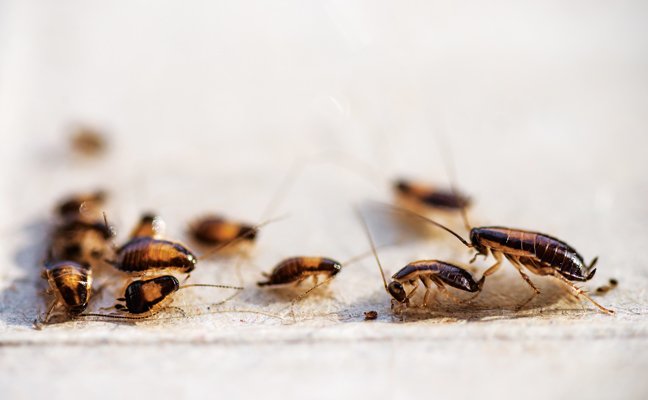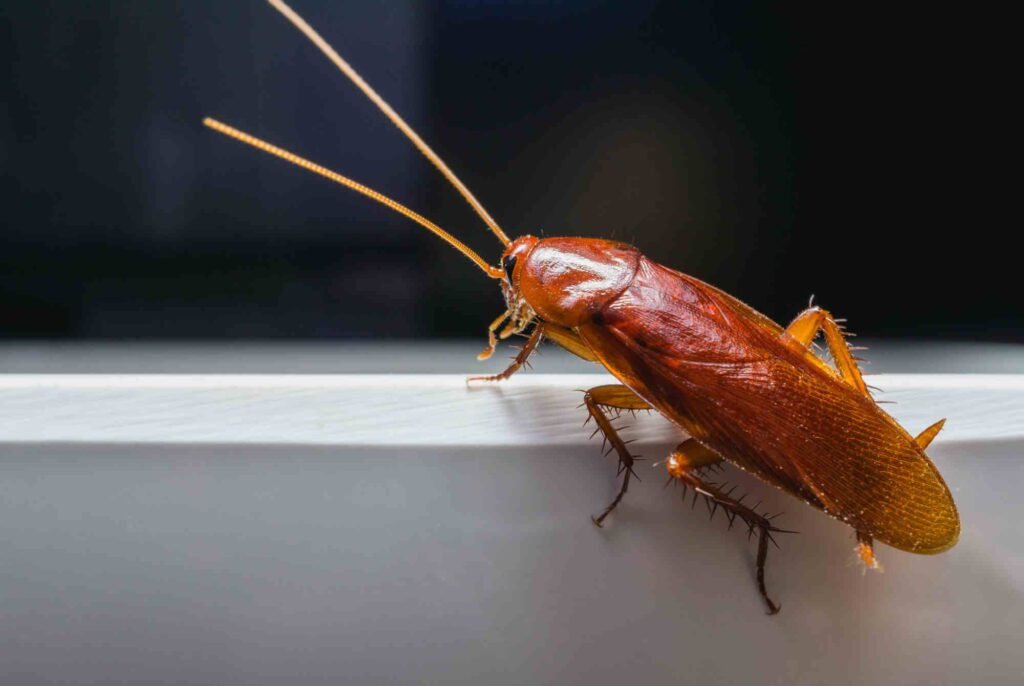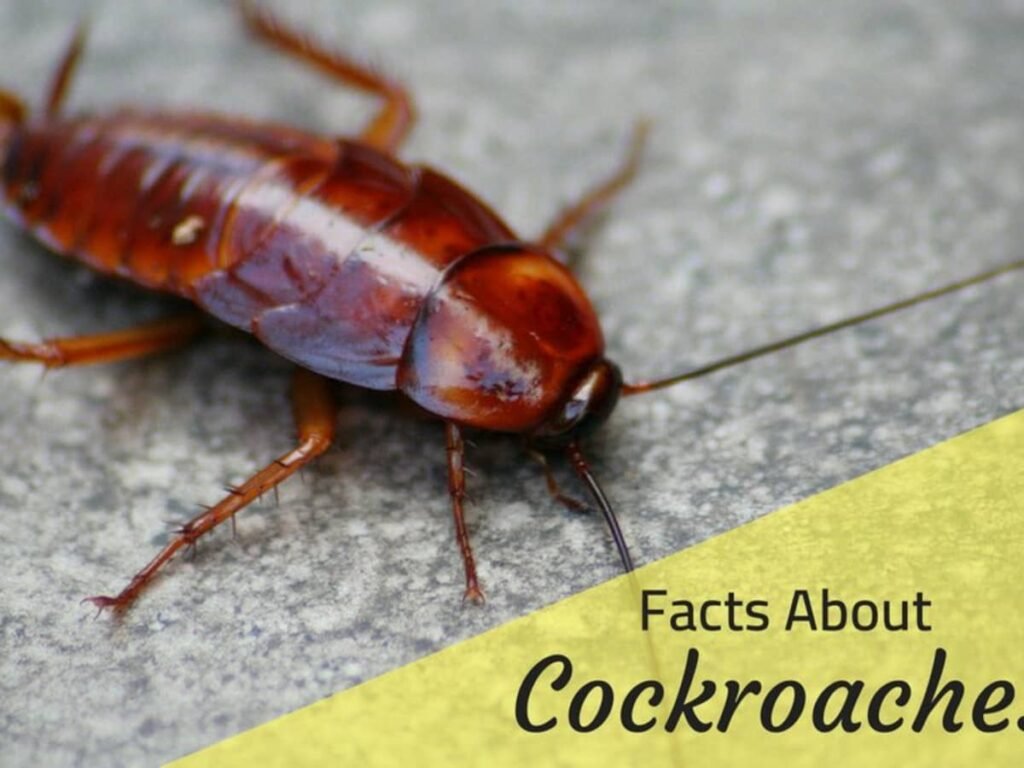Have you ever heard of the Emerald Cockroach Wasp? No worries if you haven’t, because I’m here to introduce you to this incredible creature and the fascinating tale behind it. This tiny wasp, with its vibrant emerald green color, possesses an extraordinary ability to manipulate the minds of cockroaches. Yes, you read that right! Using its venom and precise stings, the Emerald Cockroach Wasp can control the behavior of its unsuspecting prey. It injects a cocktail of chemicals into a specific region of the brain, rendering the cockroach highly vulnerable to the wasp’s control. From there, it leads the now compliant cockroach back to its underground lair, where it becomes a meal for the wasp’s larvae. Nature truly never ceases to amaze us with its bizarre and astonishing ways!
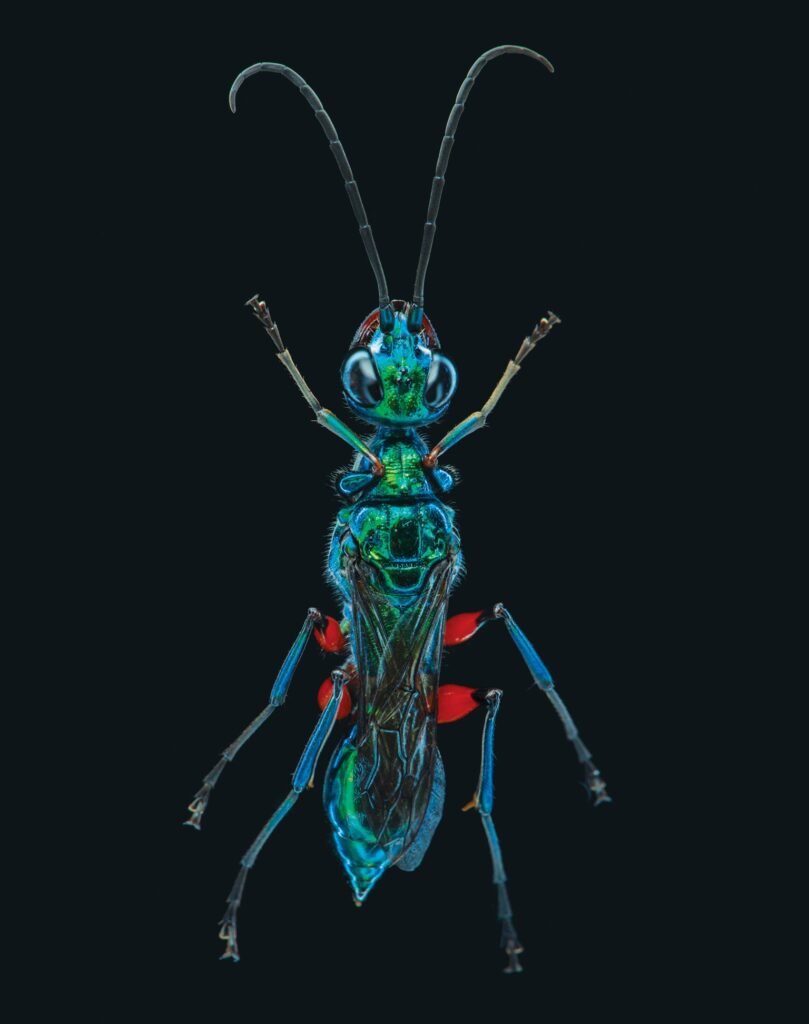

The Emerald Cockroach Wasp
Welcome to the fascinating world of the Emerald Cockroach Wasp, where nature’s manipulation takes center stage. This extraordinary creature, scientifically known as Ampulex compressa, possesses an array of captivating physical characteristics, a unique venomous sting, and an intricate relationship with its prey, the cockroach. Additionally, this wasp’s ability to control the mind and behavior of its victims highlights the complexity of nature’s evolutionary tactics. Let’s dive deeper into the captivating world of the Emerald Cockroach Wasp.
Physical Characteristics
The Emerald Cockroach Wasp boasts an elegant appearance with its metallic green exoskeleton and vibrant blue wings. With a body length of approximately 2 centimeters, this wasp is relatively small in comparison to other members of the wasp family. However, its allure lies in its stunning coloration, making it a sight worthy of admiration.
Natural Habitat
Found primarily in tropical regions such as Asia, Africa, and the Pacific Islands, the Emerald Cockroach Wasp thrives in warm and humid environments. These petite creatures can be spotted in rainforests, gardens, and even urban areas where their primary prey, the cockroach, resides. Their habitat preference reflects their intimate connection with their chosen victim.
Life Cycle
The life cycle of the Emerald Cockroach Wasp is an intricate process that ensures the survival of both the wasp and its offspring. The female wasp searches for a suitable cockroach host and paralyzes it with her venomous sting. Once the cockroach is immobilized, the wasp delicately lays her eggs on the abdomen of the unfortunate insect. These eggs eventually hatch, and the wasp larvae burrow into the cockroach’s body, feeding on its internal organs. Finally, the mature wasps emerge, leaving behind the vacant shell of their host.
The Wasp’s Venom and Stinging Behavior
Composition of Venom
The venom of the Emerald Cockroach Wasp plays a critical role in immobilizing its prey and manipulating its behavior. Composed primarily of neurotoxic peptides, the venom ensures precise control over the cockroach’s nervous system. These peptides work in harmony, rendering the cockroach immobile while keeping vital systems, such as respiration, functioning.
Stinging Behavior
The wasp’s sting is both impressive and strategic. Rather than using its sting to kill its victim outright, the wasp injects venom into specific ganglia, or nerve clusters, of the cockroach. By targeting these key areas, the wasp ensures that the cockroach remains alive but under the wasp’s control. This remarkable stinging behavior showcases the wasp’s precision and understanding of the cockroach’s physiology.
The Wasp’s Relationship with Cockroaches
Prey Selection
The Emerald Cockroach Wasp has a unique relationship with its prey, the cockroach. Unlike other wasps that primarily feed on nectar, the wasp relies on a fresh cockroach as a food source for its offspring. The wasp selects healthy and large cockroaches, ensuring that its offspring will have an ample and nutritious host on which to feed.
Stinging Technique
Once the Emerald Cockroach Wasp selects its prey, it employs a fascinating technique to immobilize the cockroach. By delivering a precisely targeted sting, the wasp is able to paralyze the cockroach while avoiding inducing unnecessary harm. This specialized technique not only ensures that the cockroach remains fresh for consumption but also demonstrates the wasp’s exceptional hunting abilities.
Mind Control – A Complex Phenomenon
Parasitic Manipulation
The Emerald Cockroach Wasp takes its manipulation tactics to new heights through its ability to control the mind and behavior of its cockroach host. After paralyzing the cockroach, the wasp injects specific neurotoxins into the host’s brain, resulting in a dramatic alteration in behavior. This manipulative process allows the wasp to direct the cockroach’s movements and actions with astonishing precision.
Host Behavior Alteration
Once under the wasp’s influence, the cockroach undergoes a remarkable transformation. Instead of fleeing from danger, the usually skittish cockroach becomes passive and submissive to the will of the wasp. This altered behavior is a testament to the wasp’s exceptional ability to override the cockroach’s instincts and command its every action.
Neurotoxins and Chemical Warfare
The neurotoxins present in the wasp’s venom play a key role in the manipulation process. These chemical compounds interfere with the cockroach’s neurotransmitters, disrupting its normal behavior patterns. By essentially rewiring the cockroach’s brain, the wasp can override the cockroach’s natural survival instincts and establish complete control over its actions.
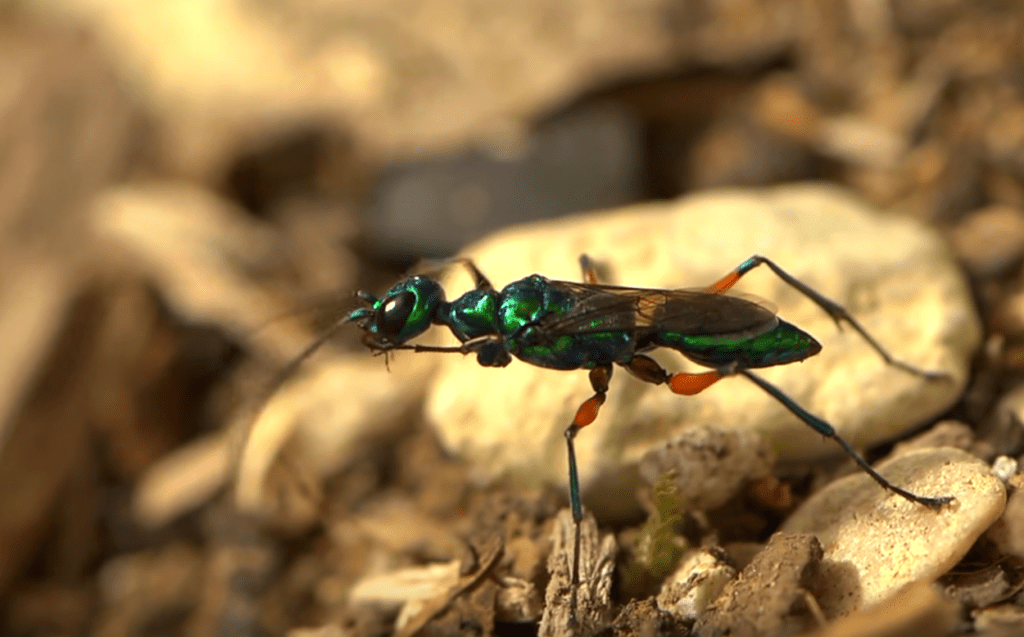

The Mechanism Behind Mind Control
Wasp’s Body Structure
The Emerald Cockroach Wasp possesses intricate anatomical adaptations that facilitate its mind control abilities. The structure of its sting and venom delivery system allows for precise injection of venom into the precise areas of the cockroach’s brain. This specialized equipment ensures that the wasp’s venom reaches its intended target without unnecessary wastage.
Injection and Localization of Venom
The venom injection process is a marvel of precision. The wasp navigates its stinger through the cockroach’s exoskeleton, injecting the venom directly into the brain. Once inside, the venom acts swiftly, taking effect within minutes and incapacitating the cockroach while the wasp sets its manipulative plans into motion.
Host Paralysis and Hypnotization
Impact of Venom on the Nervous System
The Emerald Cockroach Wasp’s venom exerts a specific effect on the cockroach’s nervous system, causing paralysis while leaving other vital functions intact. The venom prevents the initiation of normal motor functions without disrupting the vital systems responsible for basic physiological processes such as respiration. This selective paralysis ensures that the cockroach remains alive and fresh for the wasp’s purposes.
Induction of Hypnotic State
In addition to paralysis, the venom induces a hypnotic state within the cockroach. This altered mental state renders the cockroach highly receptive to the wasp’s manipulations. The wasp is then able to lead and control the cockroach, utilizing it as needed for its survival and reproductive strategies.
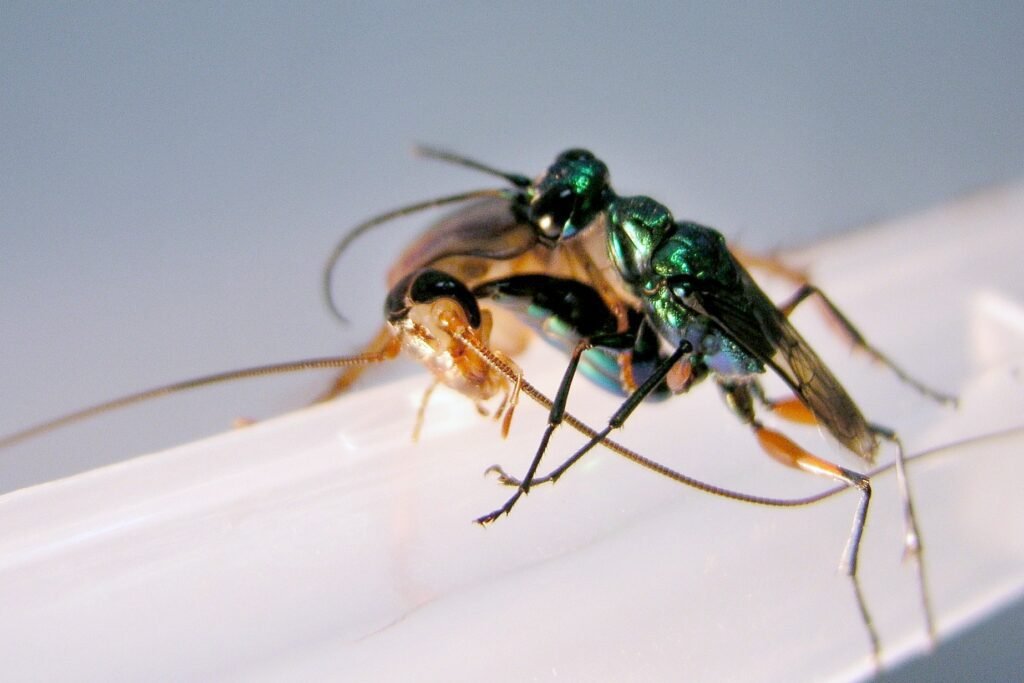

Zombification and Utilization
Zombie Cockroach Behavior
The manipulated cockroach, often referred to as a “zombie cockroach,” exhibits an extraordinary range of behaviors under the wasp’s control. These behaviors include following the wasp’s commands, protecting the wasp’s offspring, and even providing nourishment. The wasp harnesses these actions to ensure the survival and development of its young.
Wasp’s Egg Laying Process
The Emerald Cockroach Wasp uses its hypnotized host to provide optimal conditions for its offspring. Once the manipulated cockroach is in a suitable location, the wasp proceeds to lay its eggs upon the cockroach’s abdomen. The helpless cockroach then becomes an incubator, providing nourishment and protection for the developing wasp larvae.
Survival and Reproduction Strategies
For the Emerald Cockroach Wasp, the manipulation of cockroach behavior is vital to the survival and reproduction of its species. By harnessing the resources and protection of the manipulated cockroach, the wasp ensures the optimum conditions for its offspring’s development and eventual emergence.
Potential Applications and Research Implications
Understanding Neurological Control
The complex mechanisms employed by the Emerald Cockroach Wasp provide researchers with valuable insights into the field of neurological control. By studying the wasp’s venom and its impact on the cockroach’s nervous system, scientists may gain a deeper understanding of how to manipulate certain behaviors in other organisms, including humans.
Medical and Technological Developments
The knowledge gained from studying the Emerald Cockroach Wasp’s mind control abilities could have significant implications in the medical and technological fields. The ability to manipulate behaviors and alter neurological pathways could open doors to novel treatments for neurological disorders or inspire advancements in artificial intelligence and robotics.
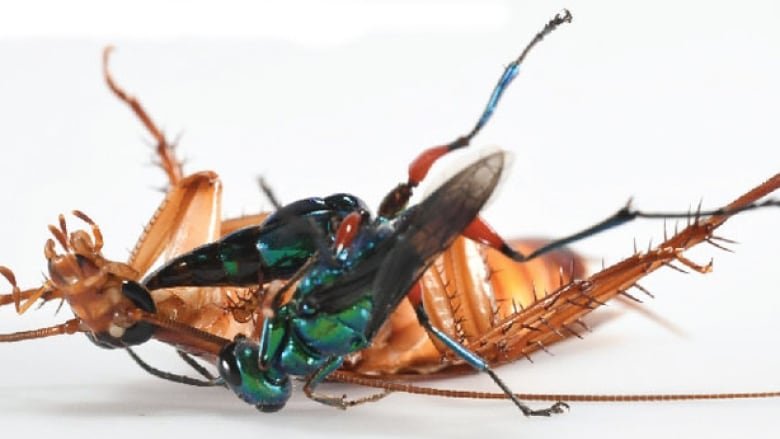

Ethical Considerations
Nature’s Evolutionary Tactics
Nature has always been characterized by fascinating and often brutal strategies for survival. The Emerald Cockroach Wasp’s mind control abilities may appear ethically questionable; however, they are simply a product of millions of years of evolution. These tactics ensure the survival and proliferation of the species, highlighting the complexity and adaptability present in the natural world.
Ethical Discussions and Debates
The mind control abilities exhibited by the Emerald Cockroach Wasp raise important ethical questions and considerations. As our understanding of these intricate mechanisms grows, discussions and debates surrounding the ethics of manipulating behavior and consciousness will become increasingly relevant. Balancing scientific advancement with respect for ethical boundaries will be paramount in ensuring responsible research and application.
Conclusion
The Emerald Cockroach Wasp, with its unique physical characteristics, venomous sting, and astonishing mind control abilities, offers a captivating glimpse into the intricate world of nature’s manipulation. Understanding the complex mechanisms employed by this remarkable creature not only expands our knowledge of neurological control but also raises ethical considerations and opens doors to potential medical and technological advancements. The Emerald Cockroach Wasp serves as a reminder that nature’s resilience and adaptability continue to astonish and inspire.
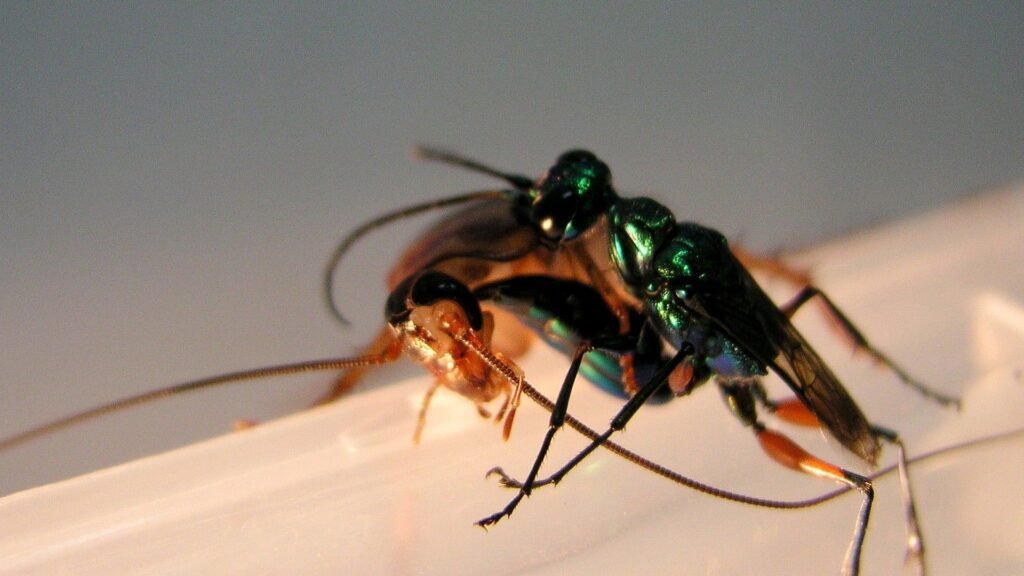

Your Expert in Animal Control and Extermination. Trust our experience for humane, effective pest management, protecting your property and ensuring peace of mind with Michael S.



